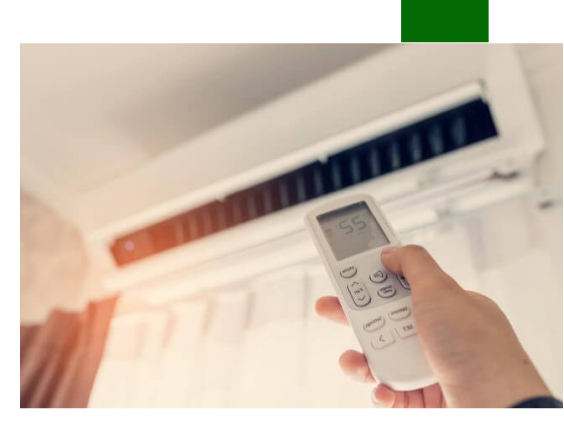Your living room is the heart of your home—the space where you relax after a long day, entertain guests, and make lasting memories with loved ones. One of the most effective ways to elevate this space is by investing in high-quality upholstered furniture. Pieces like luxury upholstered sofas and upholstered living room chairs not only bring comfort but also add an undeniable layer of sophistication and style to any setting.
Why Choose Luxury Upholstered Sofas?
When it comes to combining form and function, luxury upholstered sofas are in a class of their own. Designed with premium materials, these sofas often feature elegant fabrics such as velvet, linen, or performance textiles that are soft to the touch yet durable enough for daily use. Their plush cushioning, refined silhouettes, and high-end finishes provide both visual appeal and a level of comfort that standard sofas often lack.
From classic tufted Chesterfields to sleek modern sectionals, luxury sofas come in a range of styles to suit any aesthetic. Whether your living room leans toward traditional charm or minimalist chic, there’s a luxury upholstered sofa that can anchor the room with grace and warmth.
The Perfect Pairing: Upholstered Living Room Chairs
Complementing your sofa with upholstered living room chairs adds depth and flexibility to your space. These chairs not only serve as stylish accent pieces but also provide additional seating that enhances both function and flow. Whether you opt for a matching set or prefer a contrast in color or pattern, upholstered chairs allow you to infuse personality into your living room design.
Look for options with sturdy frames, supportive cushioning, and thoughtful details like nailhead trim, carved wood legs, or winged backs. Placing one or two well-designed chairs near a fireplace, reading nook, or coffee table creates cozy conversation areas and adds layers of comfort throughout your space.
Design Tips for a Cohesive Look
To create a harmonious living room, start by choosing a unifying element—such as a color palette or fabric texture—to tie your luxury upholstered sofas and chairs together. This doesn’t mean everything must match perfectly; in fact, mixing complementary tones or patterns adds visual interest and depth. Pair your seating with a textured area rug, elegant throw pillows, and a mix of lighting options for a warm, inviting ambiance.
Balance is key: if your sofa features bold lines or rich tones, consider more subtle upholstered chairs to balance the composition—or vice versa. The goal is to create a space that feels curated, lived-in, and effortlessly stylish.
Comfort Meets Sophistication
Investing in luxury upholstered sofas and upholstered living room chairs is not just about aesthetics—it’s about enhancing your quality of life. The pieces from https://gabby.com/ invite you to sink in, stay a while, and enjoy the comfort of home in a space that reflects your personal style. Whether you’re hosting guests or enjoying a quiet evening alone, upholstered furniture transforms your living room into a sanctuary of elegance and ease.





